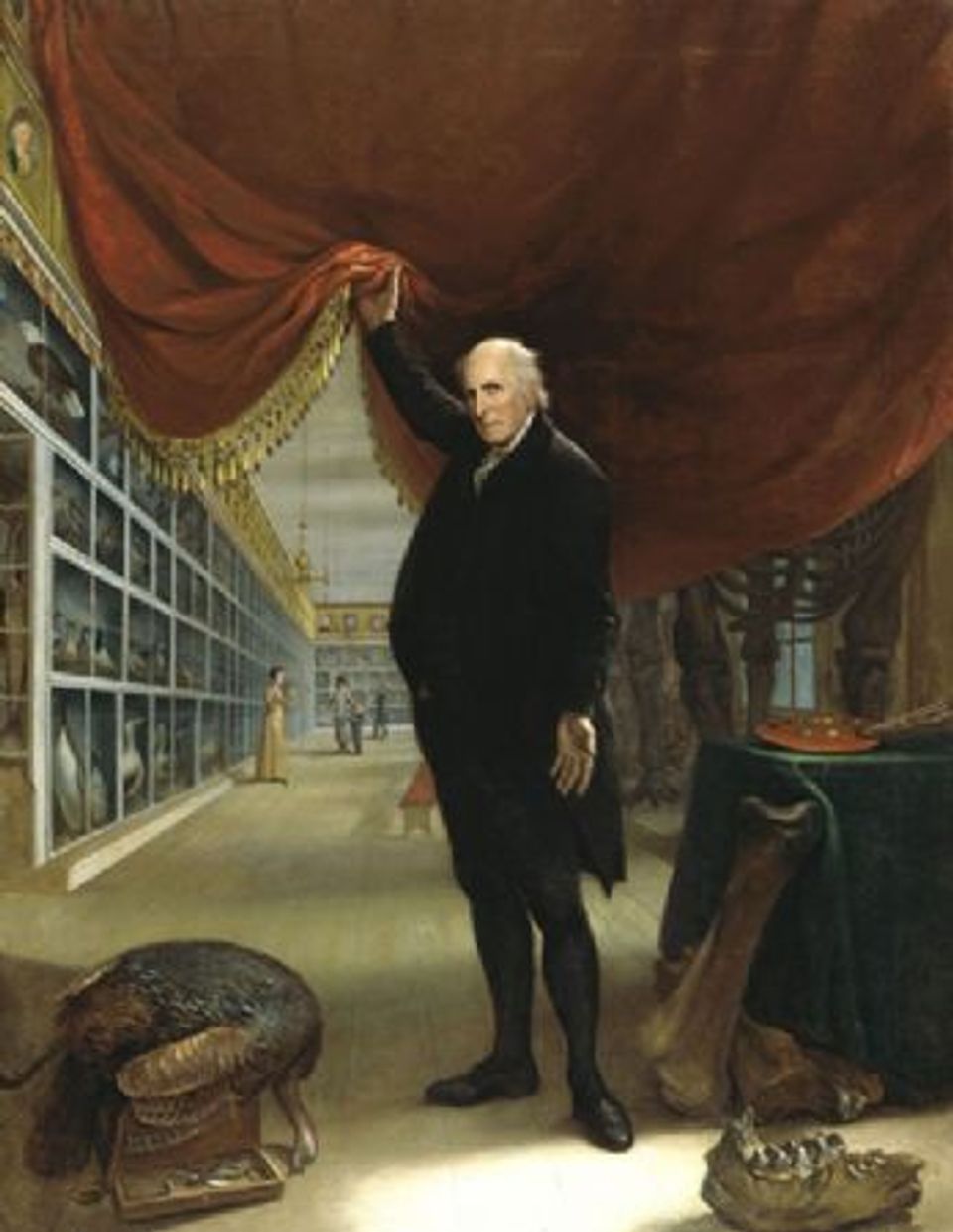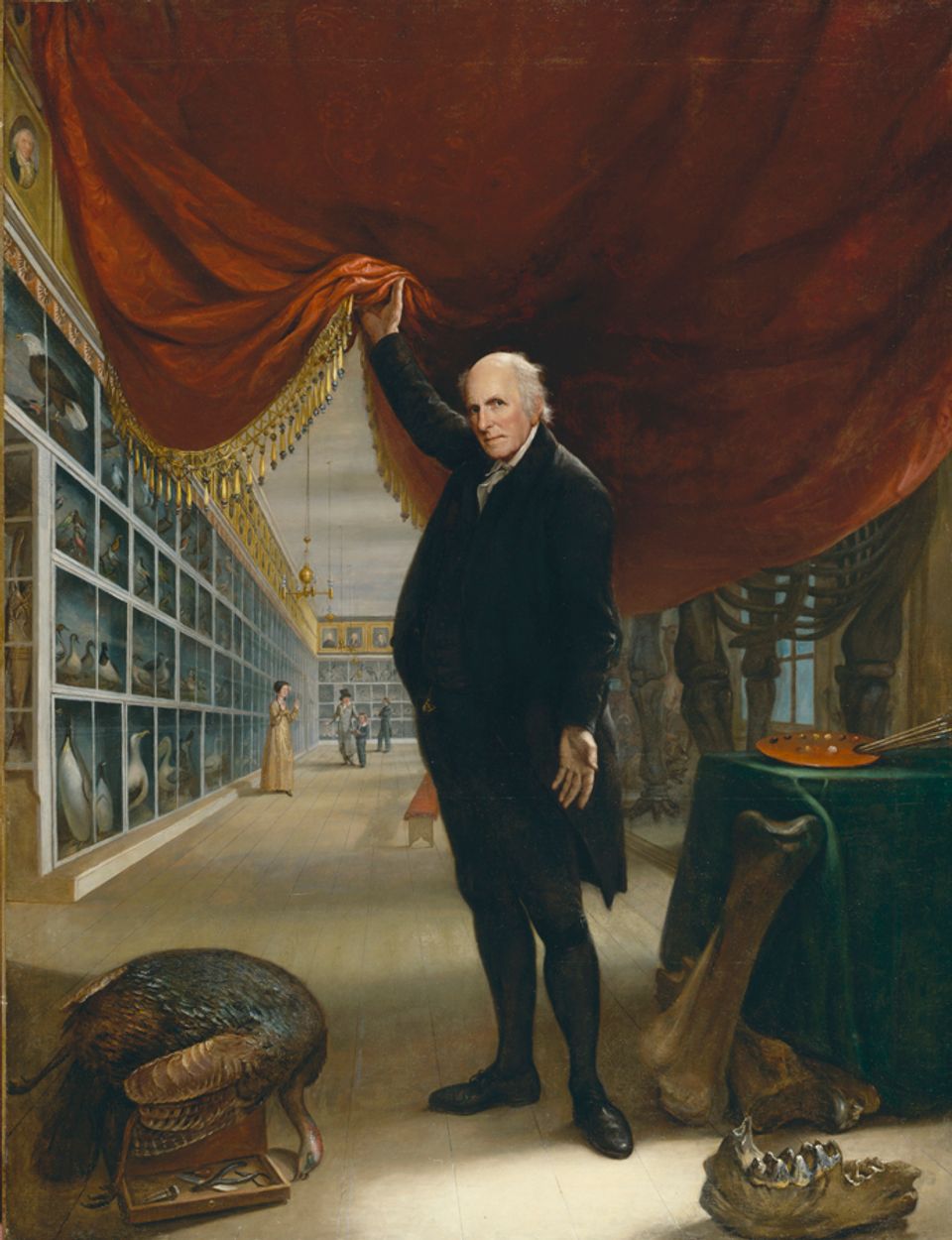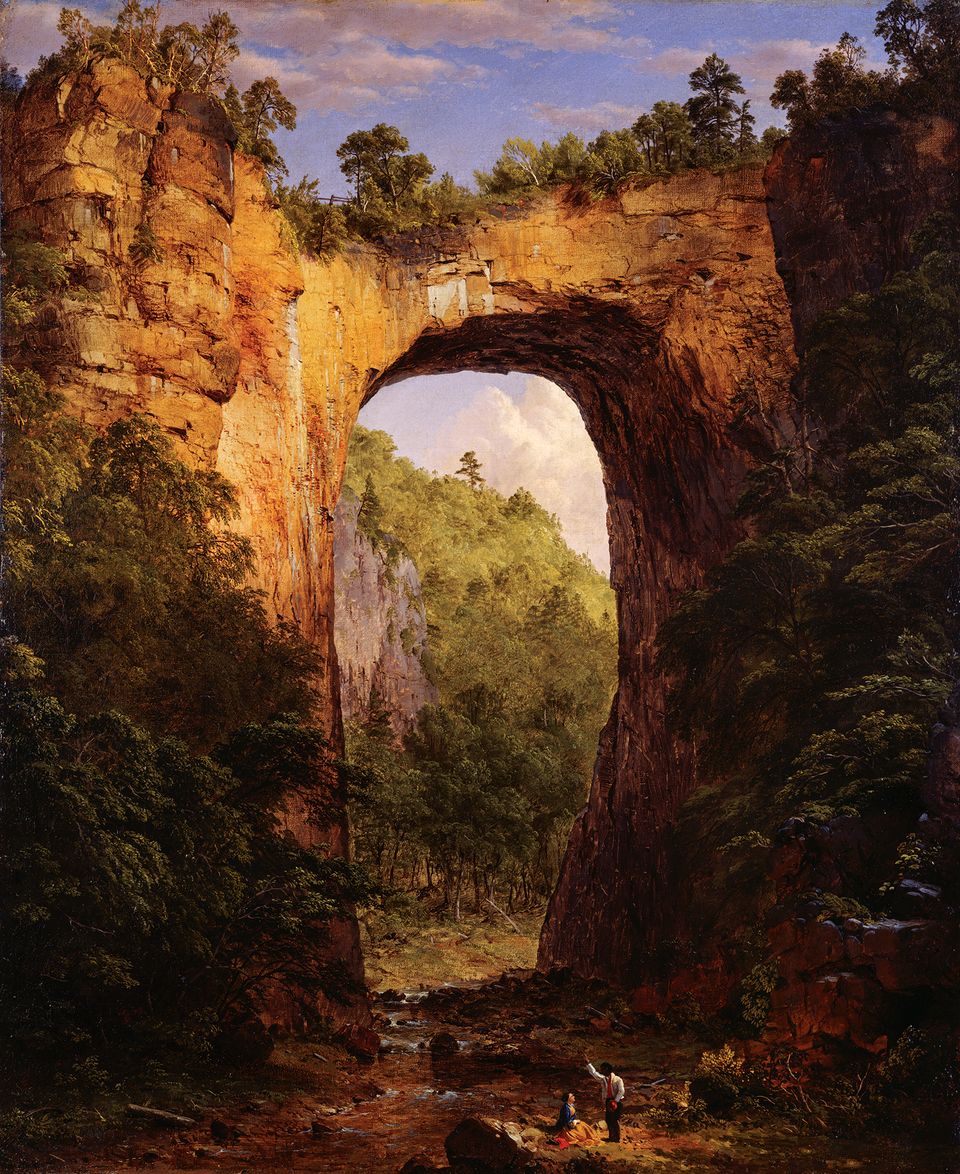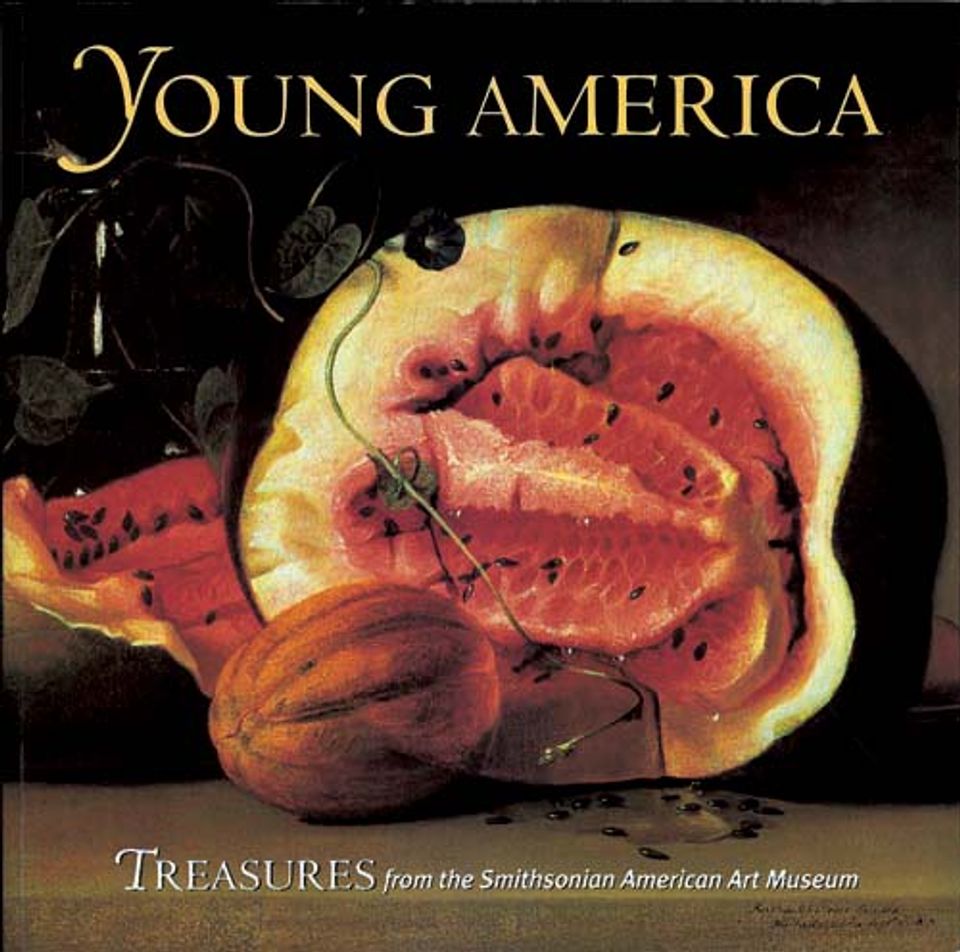Charles Willson Peale

- Also known as
- Charles W. Peale
- C. W. Peale
- Born
- Queen Anne's County, Maryland, United States
- Died
- Philadelphia, Pennsylvania, United States
- Active in
- Annapolis, Maryland, United States
- London, England
- Biography
Born 15 April 1741, Queen Anne's County, Md. 1750, death of father. 1751, family moved to Annapolis. 1754, apprenticed to a saddler. 1761, established a shop in Annapolis. 1762, married Rachel Brewer. Became interested in painting; 1763, studied briefly with John Hesselius. 1764, joined Sons of Freedom in opposition to the "court" party of Maryland. 1765, sailed to Boston and Newburyport; met and studied briefly with John Singleton Copley.
1766, moved to Accomac, Va., then Annapolis; in December sailed for England to study with Benjamin West. 1768, exhibited with Society of Artists of Great Britain. 1769, returned to Annapolis; painted in Maryland and Philadelphia. 1772, first portrait of George Washington. 1774, son Raphaelle born. 1775, daughter Angelica Kauffmann born.
1776, moved to Philadelphia and joined city militia. Fought in battles of Trenton and Princeton. 1777, chairman of Whig Society. 1778, son Rembrandt born. 1779, commissioned by Supreme Executive Council of Pennsylvania to paint portrait of Washington. Elected representative to General Assembly of Pennsylvania. 1780, son Titian Ramsay born. 1782, added exhibition room to his house; opened portrait gallery. 1784, son Rubens born; 1786, daughter Sophonisba Angusciola born. "Peale's Museum" (the Philadelphia Museum) opened.
1787, made mezzotints after his portraits. 1790, wife Rachel died. 1791, married Elizabeth DePeyster. 1794, son Charles Linnaeus born; 1795, son Benjamin Franklin. 1797, published "An Essay on Building Wooden Bridges;" developed the patent fireplace; daughter Sybilla Miriam born. 1799, son Titian Ramsay II born.
Published first lecture, "Introduction to a Course of Lectures on Natural History Delivered in the University of Pennsylvania. …" 1801, organized expedition for first American exhumation of a mastodon, which he exhibited. 1802, daughter Elizabeth DePeyster born. 1804, wife Elizabeth died. 1805, co-founder, Pennsylvania Academy of the Fine Arts; married Hannah Moore. 1810, retired to "Belfield," farm outside Philadelphia, turning museum over to Rubens. 1812, published "An Essay to Promote Domestic Happiness."1818–19, in Washington, D.C. 1821, incorporated Philadelphia Museum Company; wife Hannah died. 1822, resumed management of museum. Experimented with manufacture of porcelain teeth. Died 22 February 1827, Philadelphia.
William Kloss Treasures from the National Museum of American Art (Washington, D.C. and London: National Museum of American Art with the Smithsonian Institution Press, 1985)
















